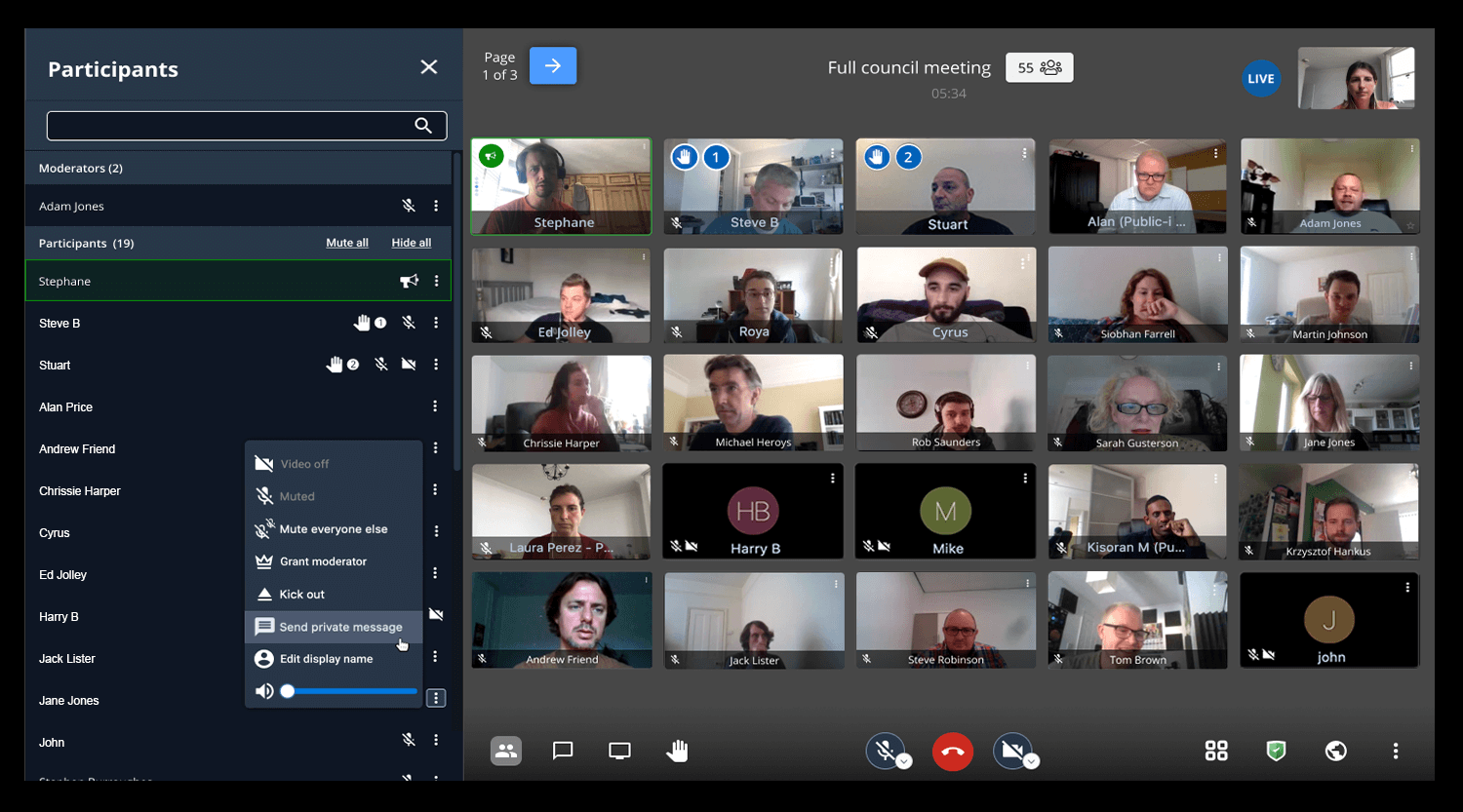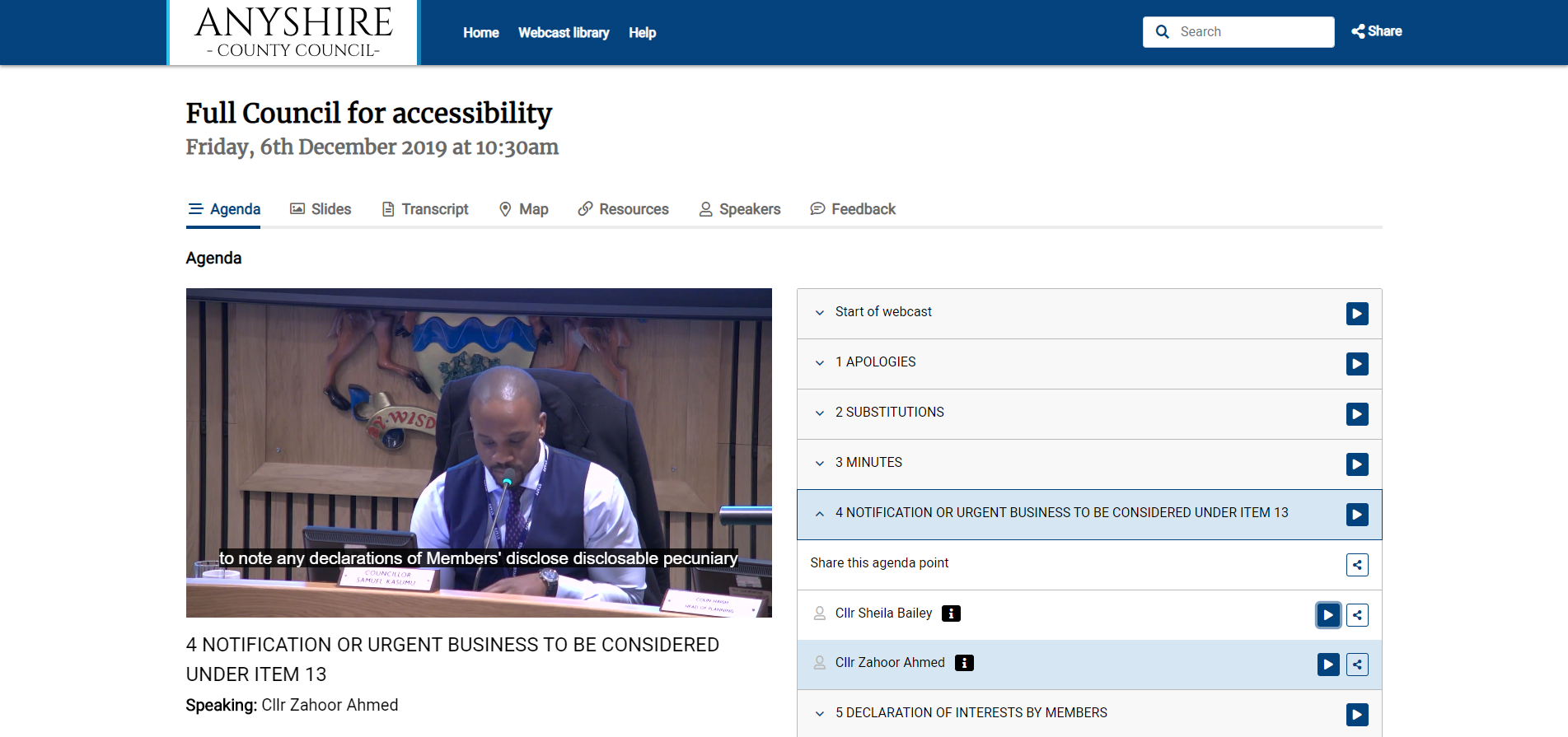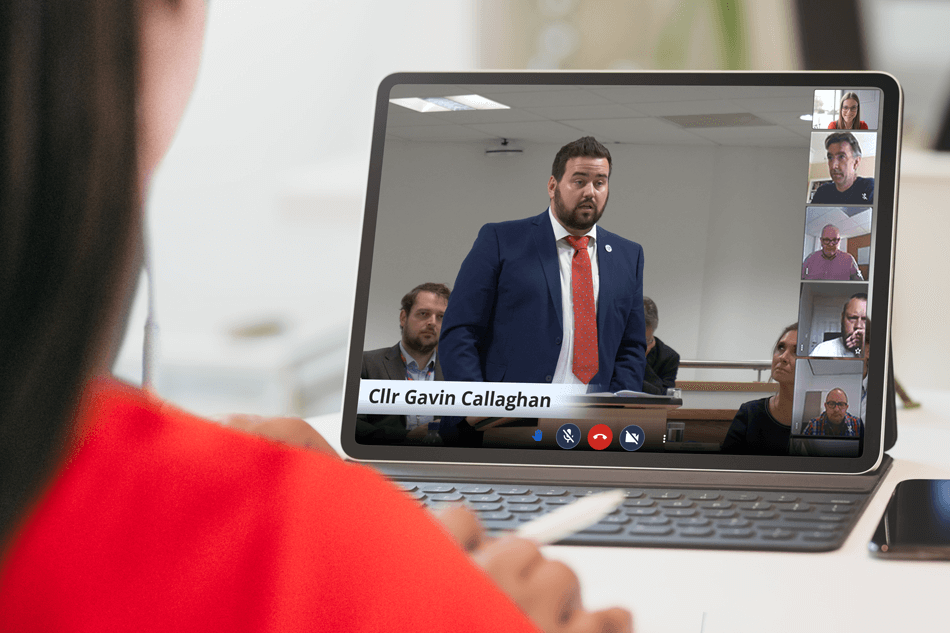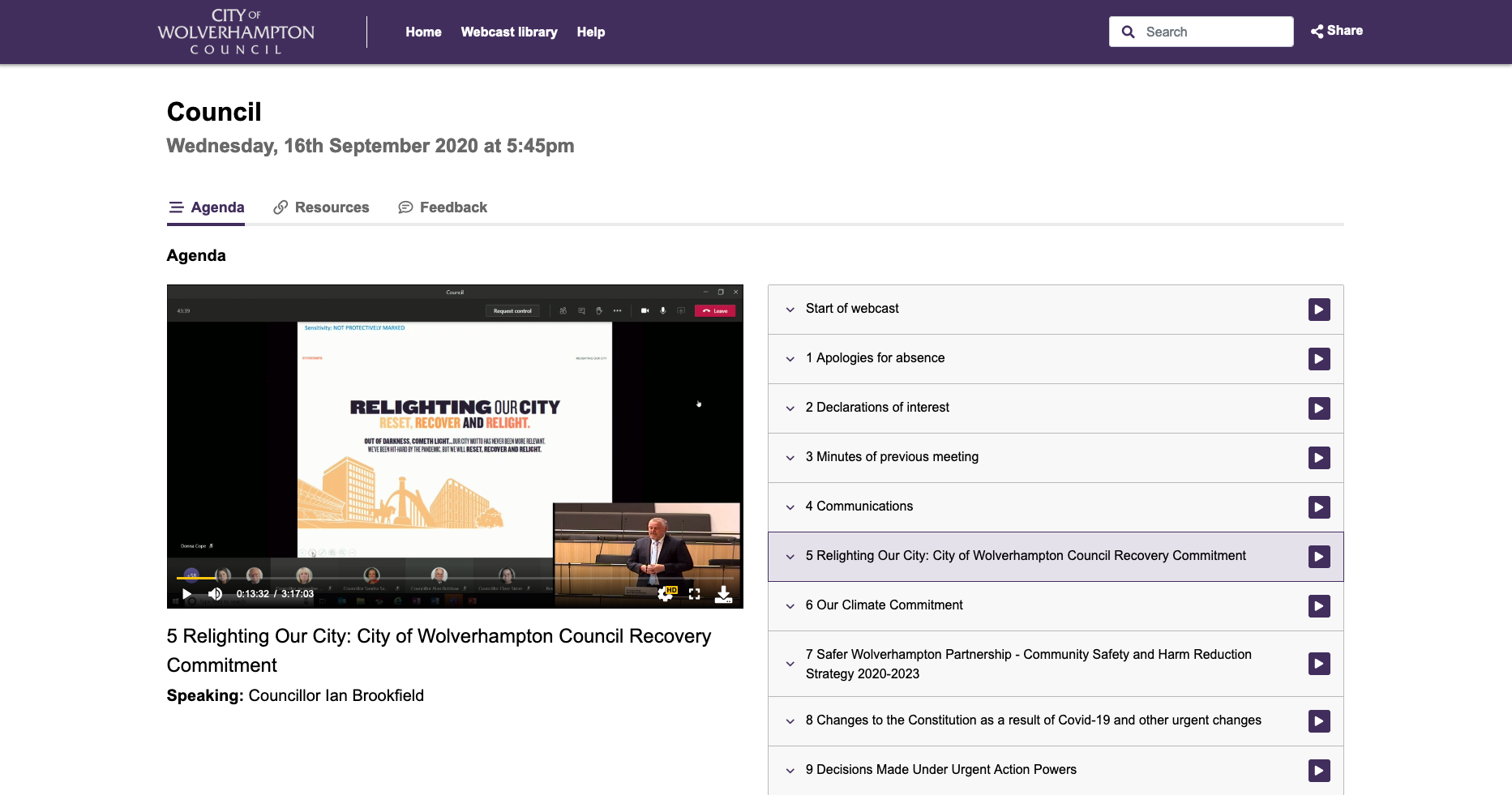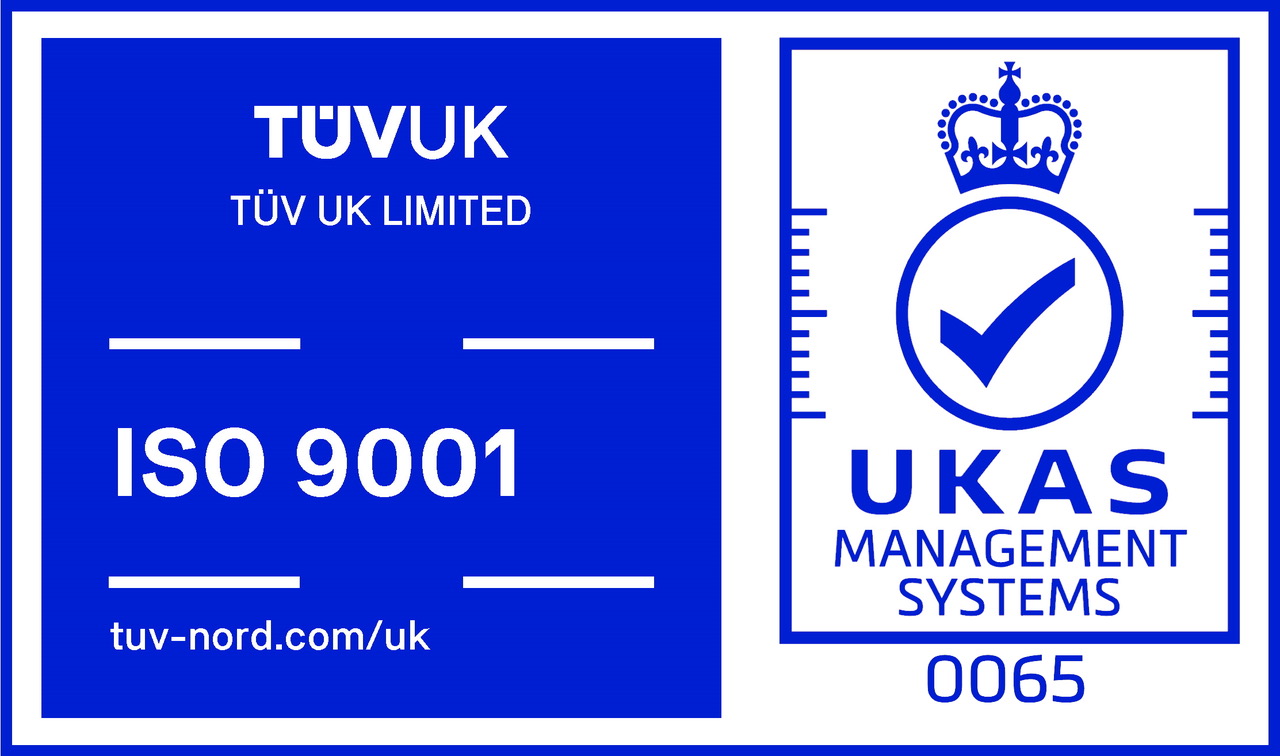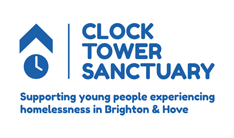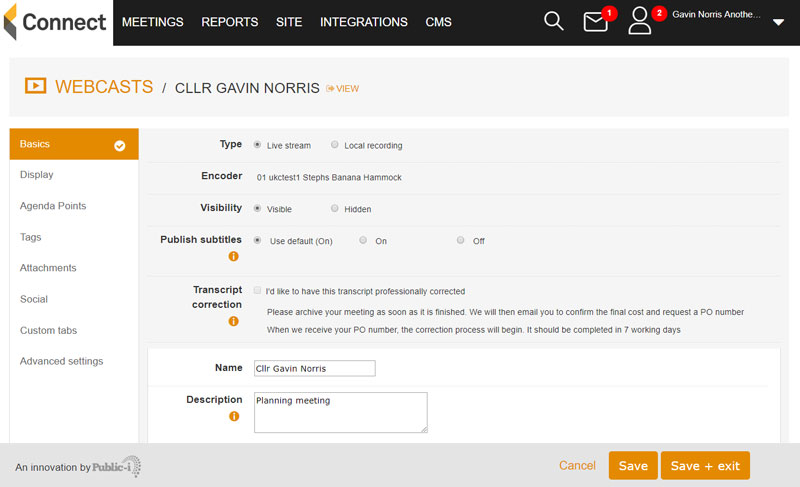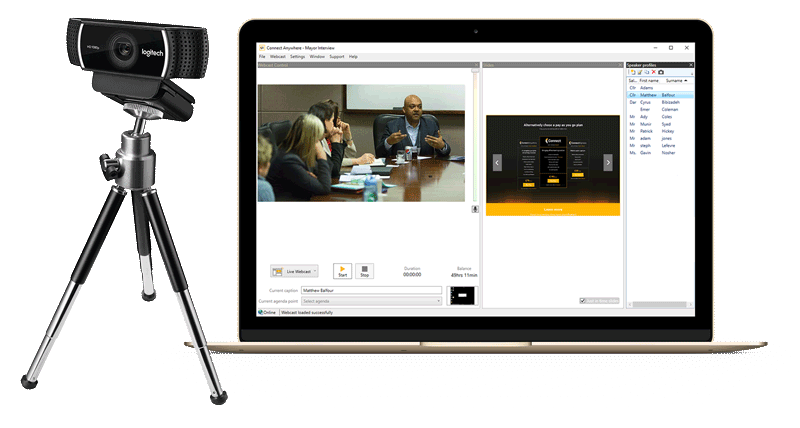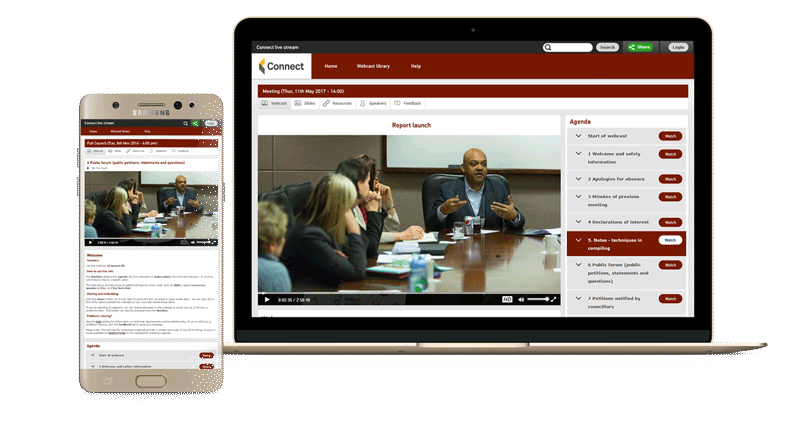Age and comfort with technology used to be the main determinants of online activity, however, COVID has dragged everyone into online work. Councils and their councillors are of course not exempt! There has been no choice other than to embrace new technology and to get the best results from it. There are still some hilarious instances of people getting it wrong although people are much more forgiving. For example, when a child wanders into the room it’s no longer something to be embarrassed about.
Let’s start with some basic definitions to understand the digital landscape for council meetings:
Council webcasts
Council webcasts are a more traditional form of communication and are focused on conveying information primarily to the public. The communication tends to be one way and to anyone who has received the invitation link. One of the benefits is that participant numbers can be very large (in the thousands). As communication is one way, participants are often not seen. They will usually have the opportunity to interact by asking a question in text form (not usually verbally).
Live streamed meeting with agenda points
Council video conferencing
Council video conferencing is something we’ve all become very familiar with since COVID. Key differences to webcasts include:
- Participants are invited specifically
- Communication is 2 way.
- The meeting host or moderator can influence how and when people participate.
- Participants are typically visible
- The more engagement, the better
Moderator managing a Connect Remote council meeting
Hybrid council meetings
Hybrid council meetings are a blend of meeting that includes physically present councillors in the chamber as well as remote participants. These meetings are very much the future of productive council engagement. With some exceptions, they are difficult to set up and run.
Remote participant accessing the meeting on a tablet and listening to a in-chamber participant
Online council meetings
Online council meetings need to meet a range of expectations and standards in order to be effective and productive. These include:
- Good security. We all know stories of meetings that have been “zoom – bombed”. If security is not strong, uninvited persons are able to get into a meeting and their presence can disrupt the agenda and perhaps worse.
- Related regulations for public sector bodies is clear and requires adaption to include elements such as large print text and subtitles for audio recordings.
- One of the pillars of local democracy is transparency. It’s important that meeting transcripts are compiled and that they’re available to any interested members of the public. It’s also important to ensure that the public can easily locate meeting transcripts and find what they’re looking for through relevant search and other functionality. Linking transcripts to the speaker at the time is an example of how to make discussions more transparent.
- Participation and interaction. Bandwidth unfortunately still differs widely across the UK. Any well designed and robust solution though will enable participation at a variety of levels. The most basic level is the ability to phone in to the meeting and to participate. In addition to this, participants should be free to engage in debate, answering polls live and crucially, express their views formally through voting.
Wolverhamptons hybrid meeting example
Getting all of this right has a cost – effective manner for live council meetings is a challenge. It requires the right council meeting software as well as skills and resources within the council. Public-i works with councils across the UK to help them deliver the best meeting experiences for their councillors and constituents with minimum resources and without having to understand the technology.
If you’d like to find out more call: +44(0)1273 821 282 option 2 or email: info@public-i.info

